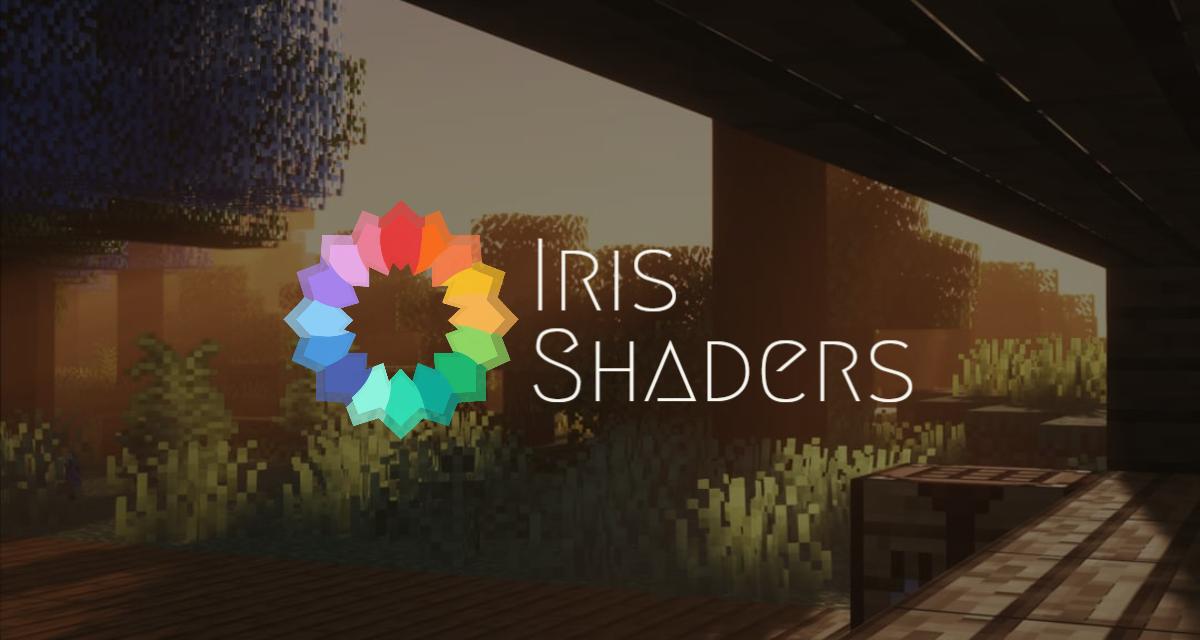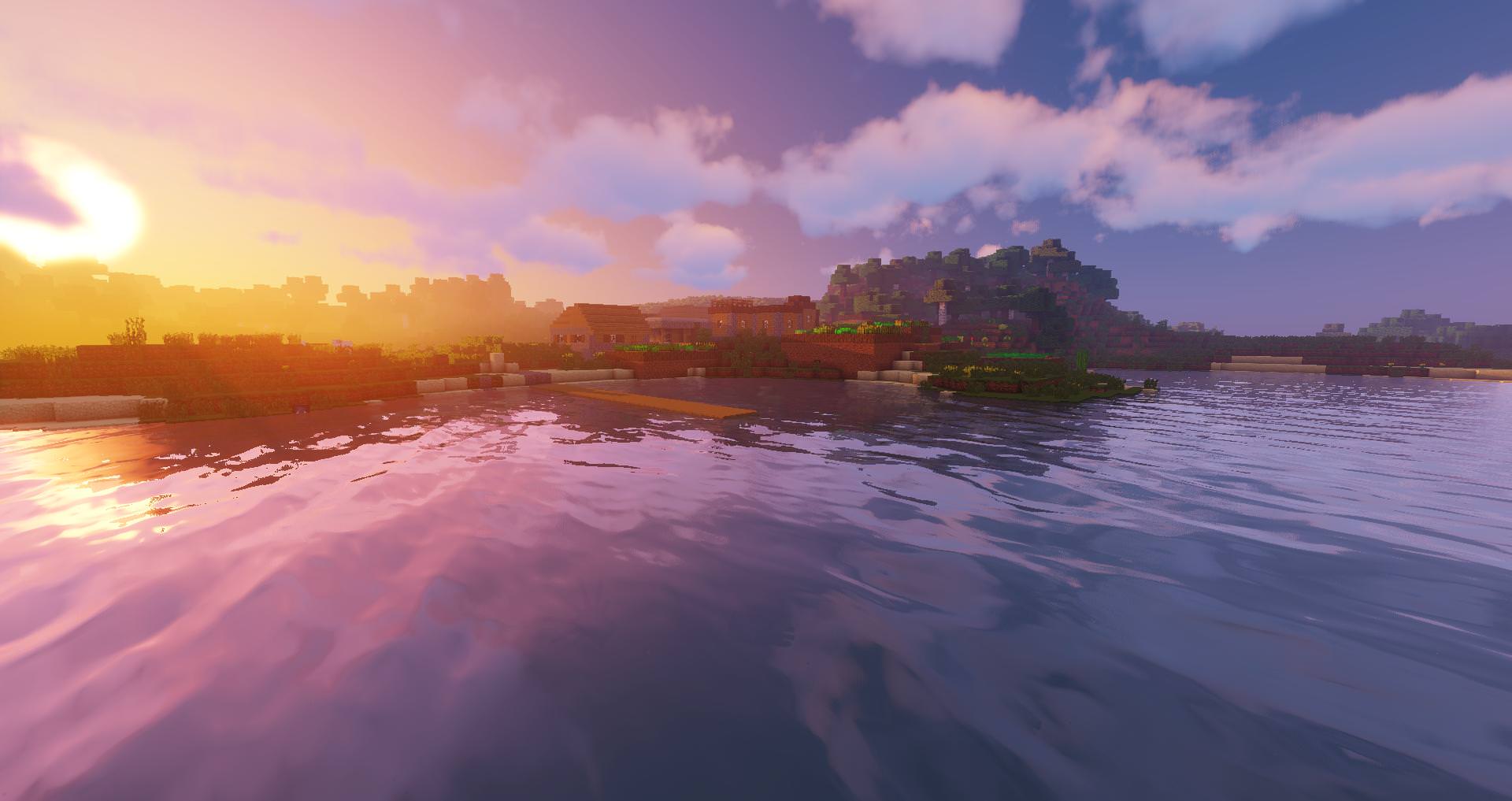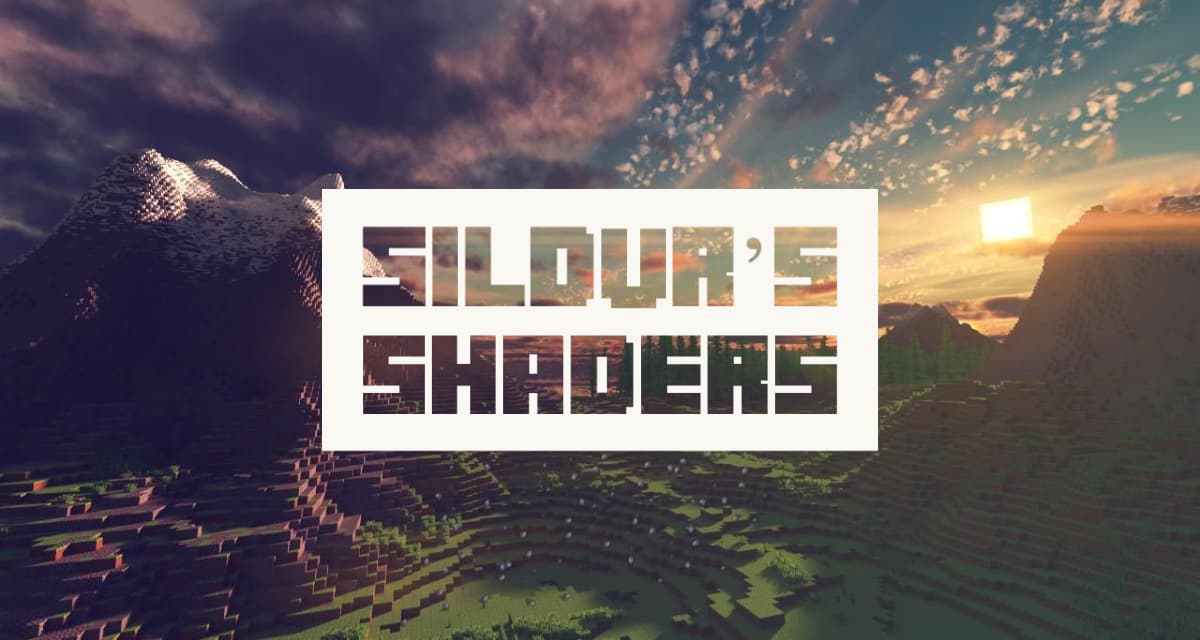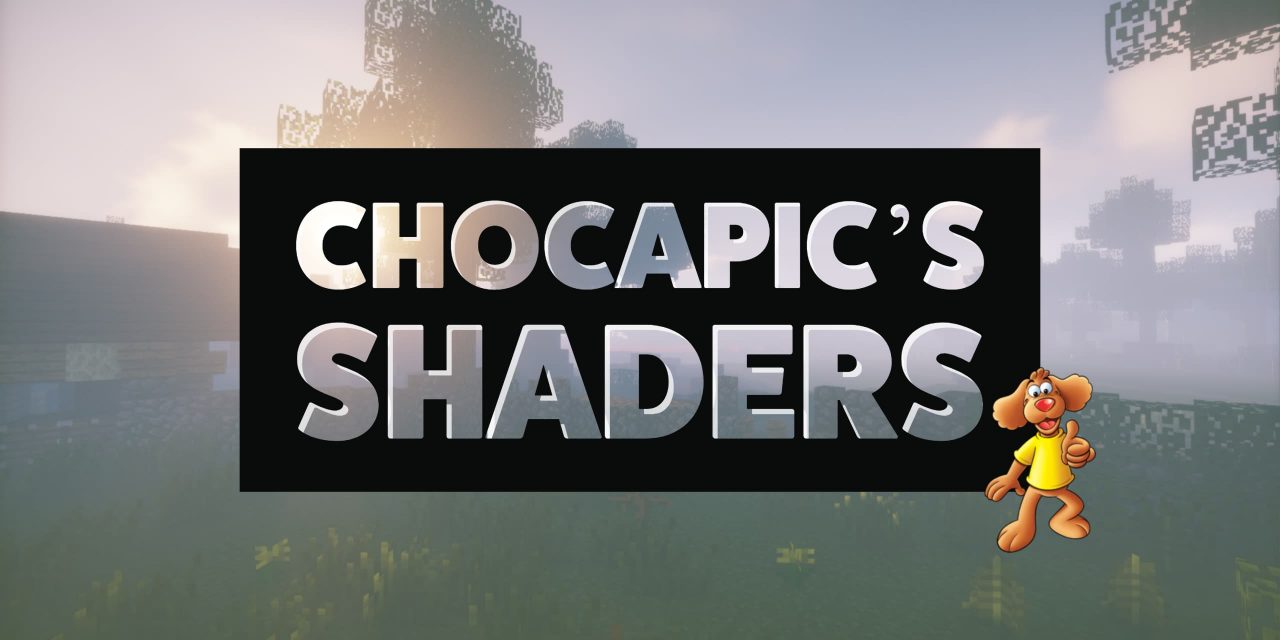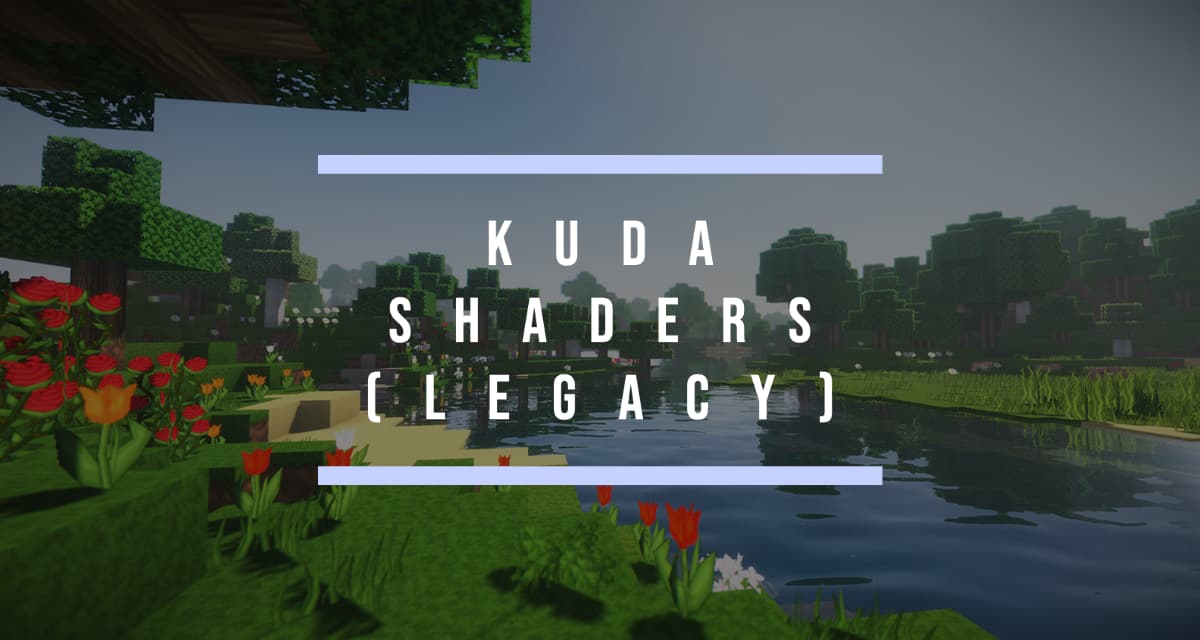Iris is a new shader for Minecraft compatible with the Fabric API that promises exceptional performance…
Iris was created to fill a gap detected by its creator: there was no open-source Minecraft shader that allowed loading shader packs on modern versions of the game, while maintaining performance and compatibility with modpacks. OptiFine, the current dominant mod for loading shader packs, has a restrictive license that firmly prevents any sort of tinkering, and is quite notorious for having compatibility issues with some Minecraft mods.
The advantage of the Iris shader, is that it is compatible with Sodium, the best rendering optimization mod out there, by far. Iris, combined with Sodium, offers excellent performance on all computers, which finally allows you to play with the shaders instead of periodically activating them to make nice screenshots.
Iris has a public stable release for Minecraft versions 1.16, 1.17, 1.18 and 1.19 / 1.20. It is still in full development, receives new improvements very often, and progresses very fast!
Iris Shaders goals
- Performance: Iris should make full use of your graphics card when combined with optimization mods like Sodium.
- Accuracy: Iris should try to be as flawless as possible in its implementation.
- Mod Compatibility: Iris should make every effort to be compatible with modded environments.
- Backwards compatibility: All existing ShadersMod / OptiFine shader packs must work on Iris, with no modifications required.
- Features for shader pack developers: Once Iris has full support for existing shader pipeline features and is reasonably bug free, I want to expand the horizons of what can be done with Minecraft shader packs via adding new features to the shader pipeline. Unlimited color buffers, direct access to voxel data, and fancy debugging HUDs are some examples of features I’d like to add in the future.
- A well-organized code base: Iris’ code is well-organized.
- Minecraft version agnostic: This is more of a long-term goal, but if it’s possible to make the majority of Iris version-independent, then porting to new versions should be quick and easy. In theory, it also works the other way around, although Iris for 1.8.9 (and similar older versions) is not very practical at the moment since Sodium does not exist for these versions of the game.
Shaders compatible with Iris
The following shader packs work for the most part:
Minecraft Vanilla + Sodium + Iris
Iris builds on Sodium and Minecraft Vanilla by providing something no Fabric mod has been able to do before: support for existing custom shaders. And because Iris stacks with Sodium and Minecraft Vanilla, you can get shaders at remarkable frame rates without the need for expensive hardware or experimental game modifications.
The extra processes that Iris performs only reduce performance by 10-15%, and with Sodium installed, performance is still far superior to Minecraft Vanilla. In the future, Iris will be fully integrated and streamlined, and will even have its own rendering optimizations, allowing Sodium and Iris to be better than either of them separately. And these performance increases transfer directly to the shaders, with most popular shaders consistently running at 60 fps or higher, even on 5 or 6 year old hardware !
Images
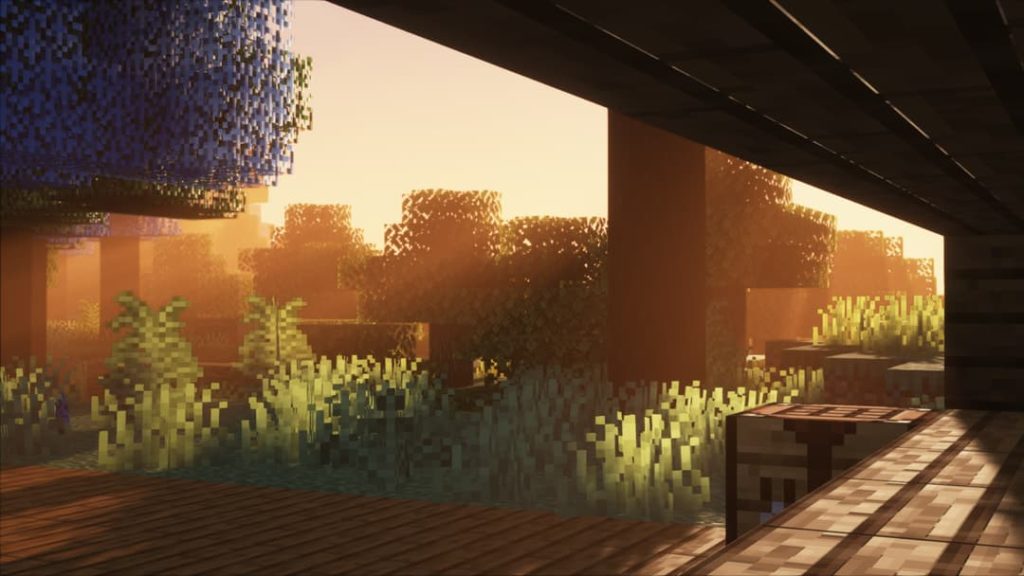
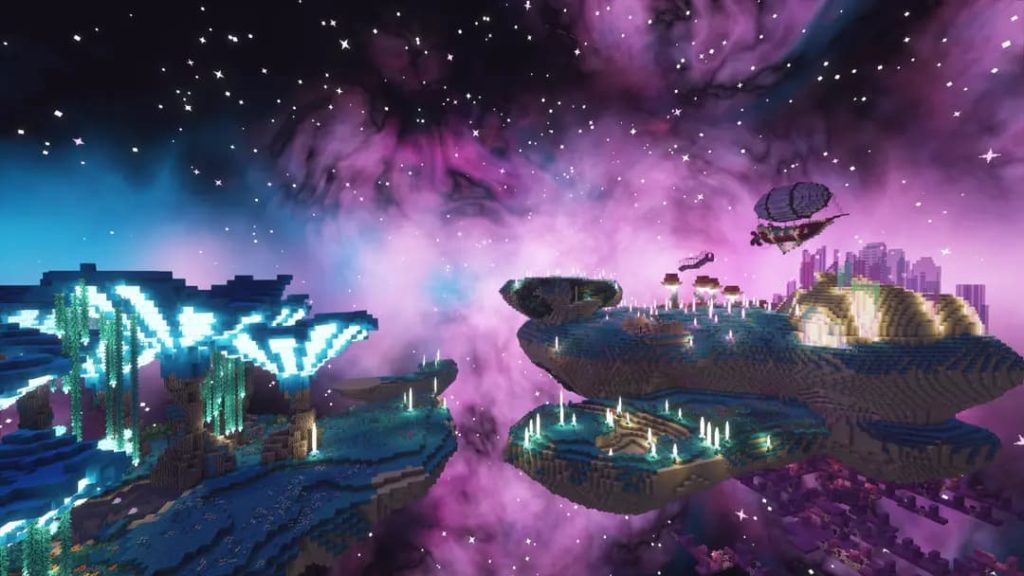
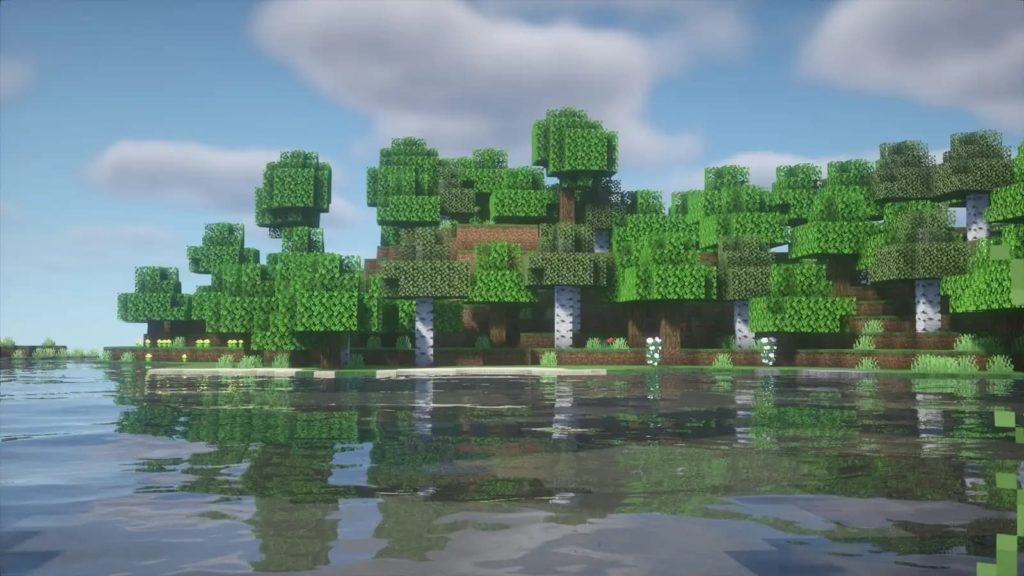
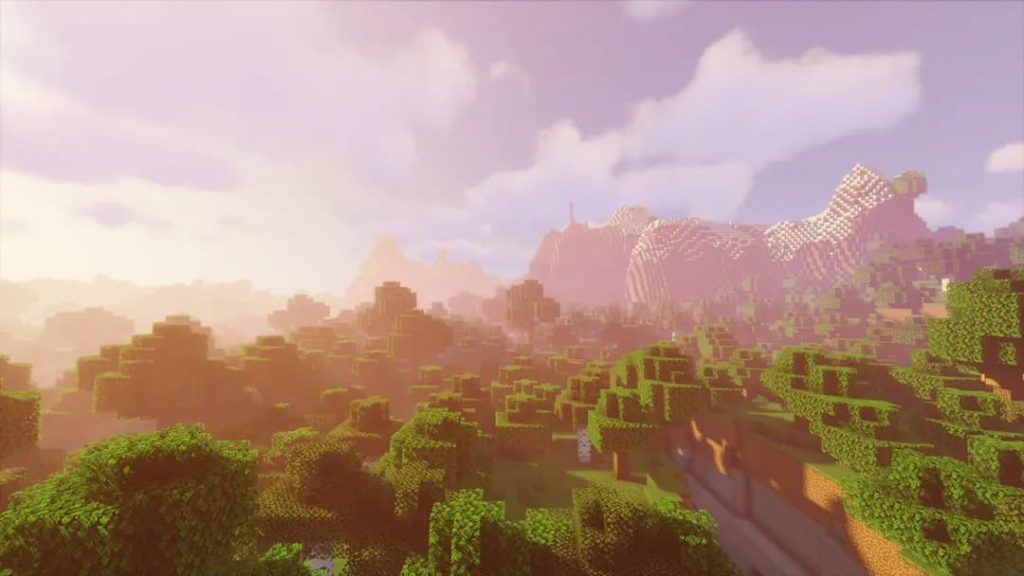
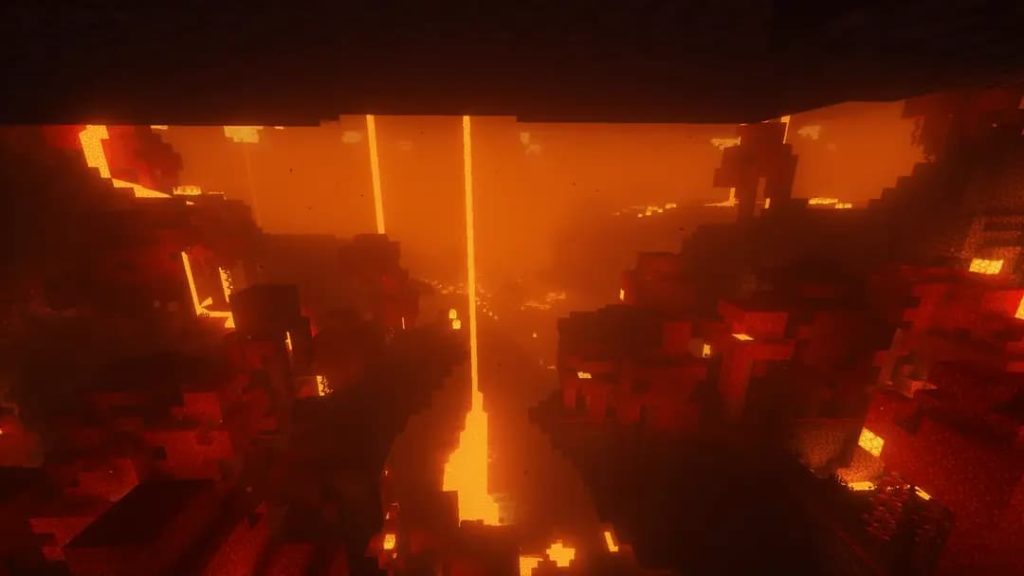
Download and install Iris Shaders
The Iris installer will automatically download and install Iris and Sodium to get great graphics at smooth frame rates. Just launch the installer, choose your version and click “Install.
📥 Download the latest version of Iris Shader [1.16.5 – 1.17.1 – 1.18.2 – 1.19.4 – 1.20]
Also read : How to install a Minecraft shader with Optifine.

